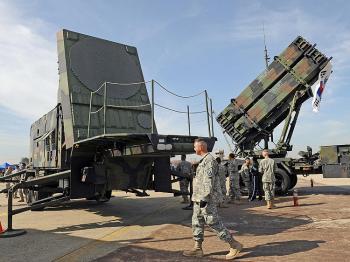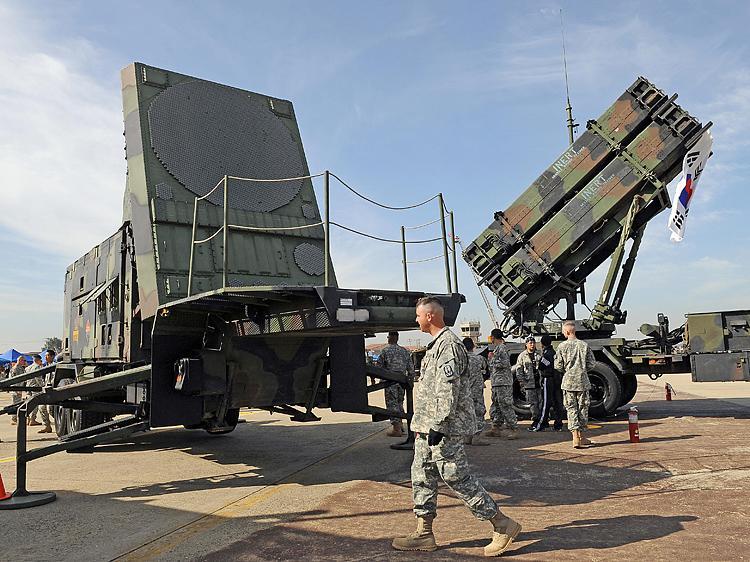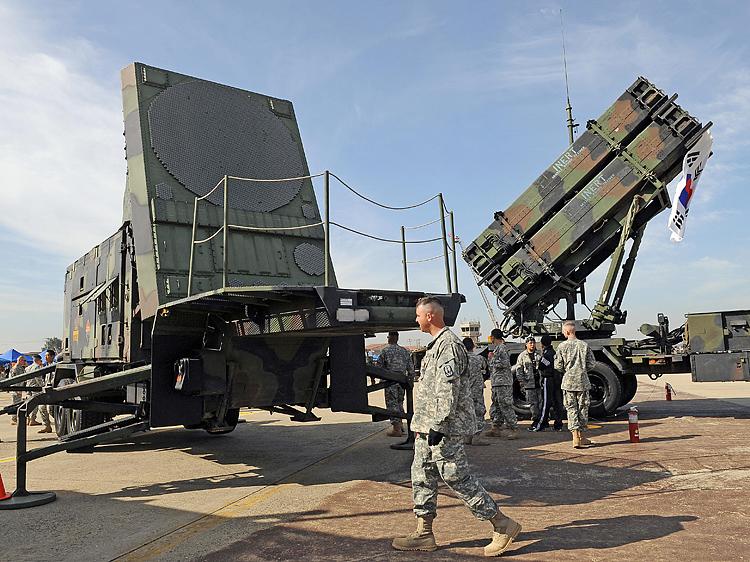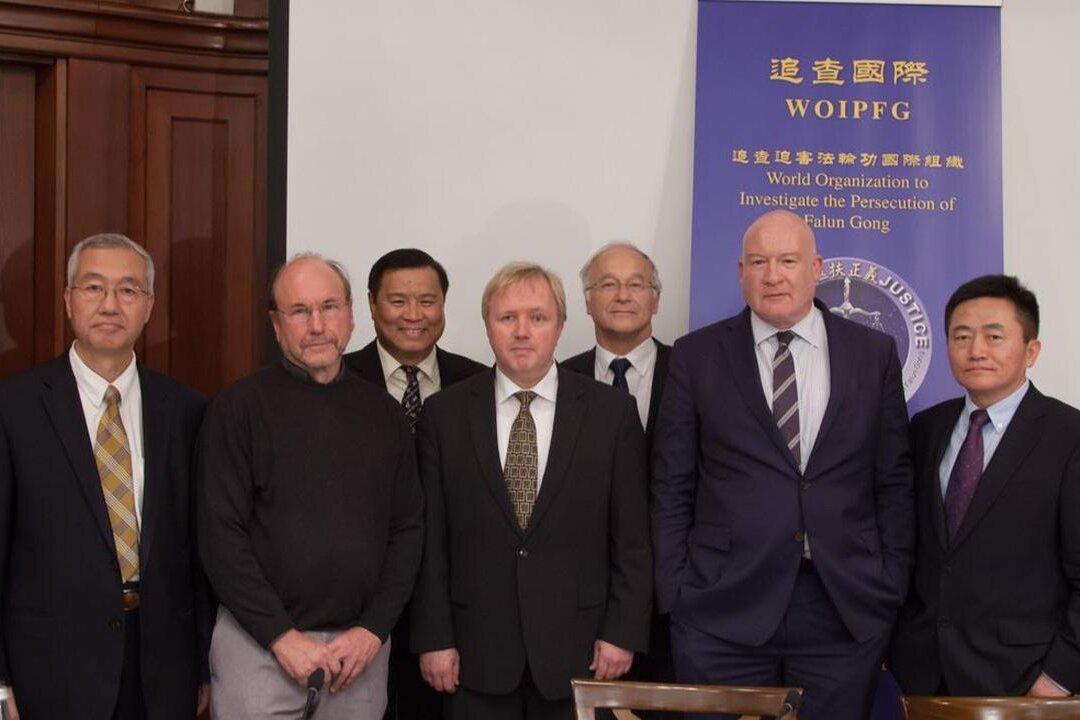Chinese Regime’s New Missile Troubles Taiwan
A new missile developed in China may be able to more easily penetrate Taiwan’s defenses, says a Taiwan intelligence expert.

A Patriot missile PAC-3 system on display in South Korea in 2008. Taiwan uses this system for its missile defense, but the functionality of the DF-16, a new missile developed in China, may dramatically reduce its effectiveness, says a Taiwan intelligence expert. Jung Yeon-Je/AFP/Getty Images
|Updated:
Matthew Robertson is the former China news editor for The Epoch Times. He was previously a reporter for the newspaper in Washington, D.C. In 2013 he was awarded the Society of Professional Journalists’ Sigma Delta Chi award for coverage of the Chinese regime's forced organ harvesting of prisoners of conscience.
Author’s Selected Articles






